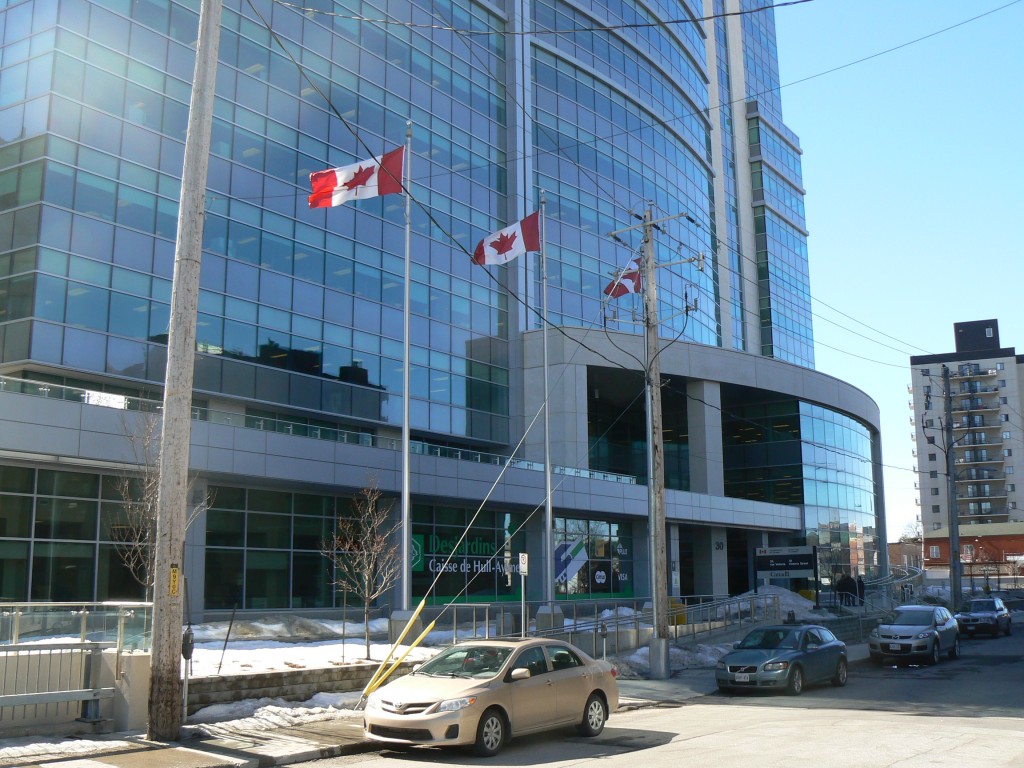How Canada does elections differently than the U.S.
In just over a month, it will be Primary day in New York. We don’t have primaries in Canada. The system here is almost an exact copy of how things are done in Britain. Our candidates for Prime Minister or the Premier of whichever province we live in are the leaders of each party and are selected by the members of those parties. They run as ordinary candidates for Member of Parliament or the legislature and only become Prime Minister or Premier if their party wins the most seats. For example, the only people who truly got to vote for Justin Trudeau during last year’s federal election were the voters in Papineau, the Montreal district that the Prime Minister also represents in Parliament. Only at the municipal level does every Canadian get to vote directly for the mayor of their city or town.
Occasionally, there is talk in the US about changing how federal elections are administered. There are those who would like the federal government to run the voting system. Right now, it’s up to each state, and sometimes, the counties within each state. Looking back to the Presidential election in 2000, it was the problems plaguing the voting system in just one county in Florida that led to the deadlock between Bush and Gore. There is the Federal Election Commission, but it only looks after the financing side of federal campaigns, and that’s a whole other source of controversy.

ELECTION CENTRAL: Elections Canada Headquarters is located in this office building in Gatineau, Quebec. Photo by James Morgan
In Canada, our federal elections have always been, well—federal. The Chief Electoral Officer is a non-partisan appointee who reports directly to Parliament. It’s his (no woman has ever held the position) job to oversee the entire nationwide administration of the election process. This includes voter registration, candidate nomination, campaign finances, advertising regulations, and of course, the most important part—voting day and counting the ballots when the polls close. The agency and bureaucracy that the Chief Electoral Officer is head of is called Elections Canada. The Commissioner of Canada Elections is another non-partisan position that ensures candidates and parties follow the laws, and face consequences if they don’t.
Each province and territory has a similar position and agency to administer their elections. In Ontario, the Chief Electoral Officer reports to the legislature and oversees elections Ontario. In Quebec, the Director General of Elections does the same thing.
In municipalities across Canada, elections are usually administered by the clerk or municipal manager. These positions are hired, not elected, as is the case in much of the US. The provincial governments however legislate how those elections are to be administered, including campaign finance rules. In federal and provincial races, we still use a pretty low-tech method of voting, good old paper ballots. Those giant, mechanical, and complicated voting machines used in many US jurisdictions have never been used in Canada. An “X” marked with a pencil in the circle next to the candidate’s name is all it takes. When voting hours are over, poll workers open up the boxes and start counting. It’s a process that takes surprisingly very little time. I’ve witnessed many a ballot counting session myself and was always amazed by how quickly yet thoroughly it unfolded. The results still rapidly make it onto radio and television news programs. I’ve been on that side of the election process more than once too.
Municipal ballots here can be a bit more modern. Although those votes are administered by the town or city, they are regulated by provincial legislation, including rules for campaign financing. In Ontario, the law allows for municipal voting to be done online, over the phone, or by mail. It also lets municipalities use touch-screen voting machines or machines that scan ballots instead of traditional paper ballots. The law allowing these methods was designed to increase voter turnout in municipal elections, which in some rural areas is especially dismal.
There are definitely differences between the US and Canada over how elections are administered. There are those who want a federal takeover of the U.S. system for federal elections, which would be similar to how it’s done in Canada. Democracy is far from efficient and perfect, but compared to the alternatives, what we have is pretty good, even if our two countries each do it a bit differently.







